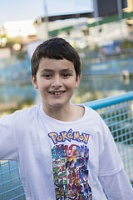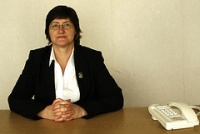
Q: My client breathes in (inhales) on S. How do I fix this? Teach him to exhale and inhale on demand using a straw or other blow toy. Then teach him to exhale and inhale on S. Teach him to hear and appreciate the difference between an inhaled S and an exhaled S. Teach him which one is correct. Practice the exhaled S. Work on syllables, words, and so forth. Also, see my previous post on this topic.








